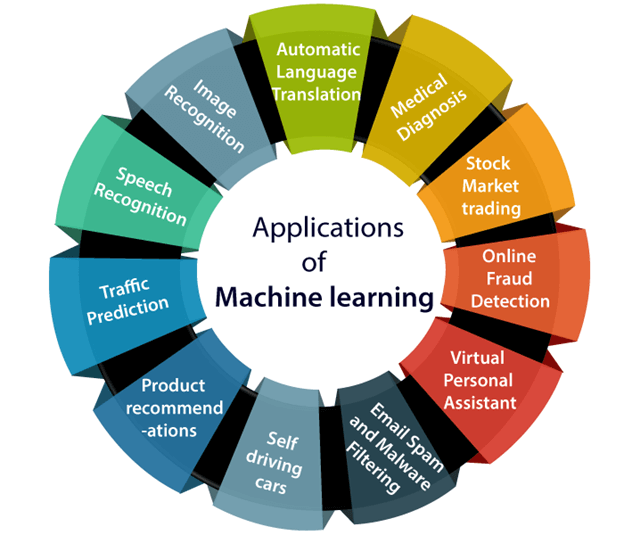Machine Learning in AI
Aim of this Blog:
This blog was created to offer knowledge on machine learning algorithms in an easy-to-understand manner.
History:
Alan Turing created the Turing Test in 1950, which became the litmus test for determining whether machines were "intelligent" or "unintelligent." The requirement for a machine to be classified as "intelligent" was that it be able to persuade a human that it, too, was a person. Soon after, a Dartmouth College summer research program became the acknowledged genesis of AI. The Turing test was a test in which two groups were formed in a room, one with a computer and the other with people sitting. Now, the computer was designed to converse with humans, and the computer would be approved or given the status of "intelligent" if the human believes the computer is a human. If he believes the other is a human, the computer is set to ''intelligent." If a human can figure out that the other is a computer, then the computer is not ''unintelligent."
From this time forward, "intelligent" machine learning algorithms and computer programme began to arise, capable of performing tasks ranging from organizing salespeople's travel routes to playing board games with humans such as checkers and tic-tac-toe.
fig 1: History of Machine Learning
Introduction:
Uses of Machine Learning:
- Data driven recommendations
- Decisions
Applications of Machine Learning:
- Image Recognition
- Speech Recognition
- Google Maps
- Product recommendations
- Self Driving Cars
- Fraud Detection
- Virtual Personal Assistant
Applications in Machine Learning Explanation:
Image Recognition:
Fig 4: Image Processing using Machine Learning
Speech Recognition:
Google Maps:
- Direction and Routes: Google Maps routes use machine learning techniques to offer the fastest way between two points utilizing the concept of optimization. The concept of backtracking is used to obtain an optimized path.
- Traffic Prediction: Machine learning can anticipate traffic and warn the user about traffic conditions in any given place by using prior photographs and historical data.
- Location Recommendations: Machine learning can provide geographical recommendations based on our search history or the topic we are viewing.
- Local Business Information: Machine learning may also capture reviews, images, and information from local businesses in a given area and provide feedback and suggestions if they are required or considered relevant to their business.
Fig 6: Google Maps using Machine Learning
Product Recommendations:
fig 7: Product Recommendations using machine learning
Self Driving Cars:
Fraud Detection:
Machine learning may detect fraud by providing a training dataset, and then utilizing anomaly detection, aberrant observations are collected and noted as fraud and stored as knowledge, and then an input data or dataset is provided. Then, utilizing knowledge fraud detection, a dataset can be discovered. A trained dataset (example) is always used by the machine to gain expertise.
Fig 8: Fraud Detection using Machine Learning
Virtual Personal Assistant:
Machine learning can be utilized in virtual personal assistants as well. When a person speaks, the assistant uses natural language processing (NLP) to translate the speech into text. The voice or speech of user is taken as input using a microphone. The algorithm is then provided input based on the text, and the algorithm conducts the command while also converting its text into speech and making the speech audible to the user, and this is how a virtual personal assistant works.
Fig 9: Virtual Personal Assistant using Machine Learning
Conclusion:
Machine learning, a critical subfield of AI, is transforming industries. Its predictive capabilities analyse data, identify patterns, and detect financial fraud. It forecasts illness progression and recommends remedies in healthcare. Spam filtering, picture recognition, and language processing all benefit from classification problems. Marketing makes use of machine learning for targeted marketing and client segmentation. Predictive maintenance aids manufacturing, while cybersecurity detects dangers in real time. Fairness and accountability are ensured by ethical principles. With continual improvements, machine learning's potential to improve lives and drive innovation is boundless, transforming industries and enabling AI to make accurate predictions, classifications, and solve complicated issues.










No comments:
Post a Comment